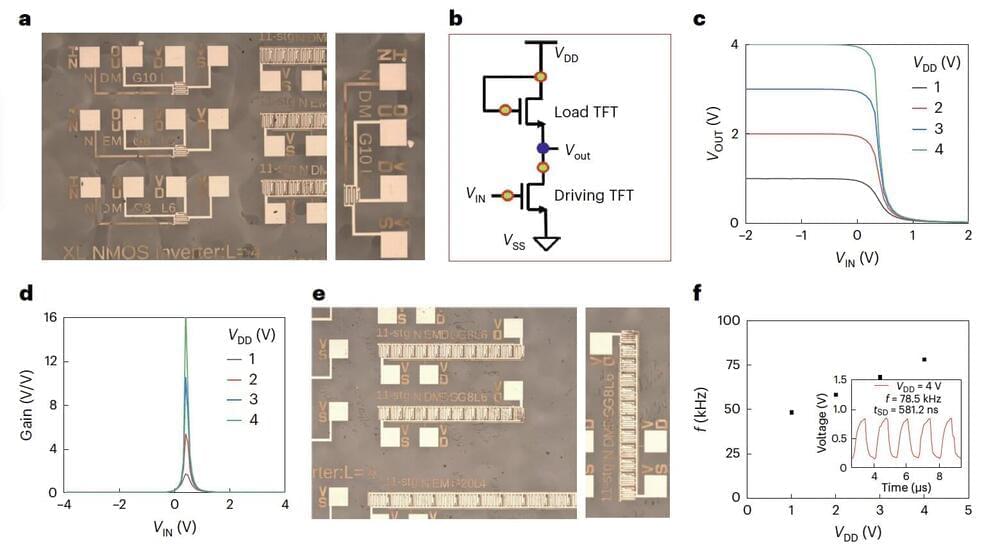A collaborative study by researchers at Lancaster and Radboud universities has pioneered a method to generate and control spin waves at the nanoscale, offering a new, energy-efficient approach to quantum computing.
Researchers at Lancaster University and Radboud University Nijmegen have successfully produced propagating spin waves on the nanoscale, unveiling a new method to modulate and amplify these waves.
Their discovery, published in Nature, could pave the way for the development of dissipation-free quantum information technologies. As the spin waves do not involve electric currents these chips will be free from associated losses of energy.









